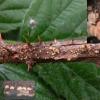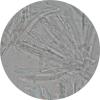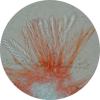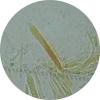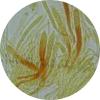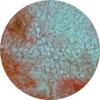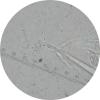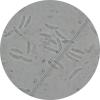
21-12-2025 21:32
Pol DebaenstHello, Garden, Burgweg 19, Veurne, BelgiumOn 10/1

22-12-2025 00:47
Patrice TANCHAUDBonsoir, récolte à proximité du milieu dunaire

21-12-2025 21:40
Isabelle CharissouBonjour, j'aimerais connaitre les références de

21-12-2025 21:31
Pol DebaenstHello, Garden, Burgweg 19, Veurne, BelgiumOn 10/1

21-12-2025 21:31
Pol DebaenstHello, Garden, Burgweg 19, Veurne, BelgiumOn 10/1

20-12-2025 23:08
Patrice TANCHAUDBonsoir, récolte sur sol sablonneux dans l'arri�

21-12-2025 09:32
Hello.A tiny ascomycete found embedded in wood in

20-12-2025 15:47
Mirek GrycHi.These grew on pine wood that was heavily covere
 Hello everybody,
Hello everybody,Last week I found this discomycete growing on dead stem of Rubus fruticosus, but I can't
determinate. What's your advice?
Details:
Apothecia 0,3 – 0,5 mm. across. Sessile. Turbinate. With white discs that
become pink-red (with age?). I have seen
no hairs outside (what's necessary in order to belongs to the Hyaloscyphaceae –
I mean?).
Asci: IKI+. 70 – 80 x 6 – 7 mµ (with croziers- but I'm not certain).
Ectal excipulum of textura globulosa-angularis
Spores: 8 – 13 x 3 µm. curved, 1 septe
Parafyses without refractive guttules
Regards
Piet Bormans
Ps : dimensions ( x 1000) 1 = 1,01 µm

this is a Calycina, and one of those that turn red with age. Typical of the genus are the apical ring type (very different from Phaeohelotium which has Hymenoscyphus-type), and the mollosioid VBs in the paraphyses (not clearly seen on your photos).
I also think yours has croziers. I would compare this with my C. heterospora nom. prov. which had partly spores of different size within an ascus, but not always. This ispecies s related to C. parilis and C. herbarum but certainly not the same.
here a link
https://www.cubby.com/pl/heterospora/_c0652748b1c043108dde38f0e2fd6dab
Zotto

Piet

